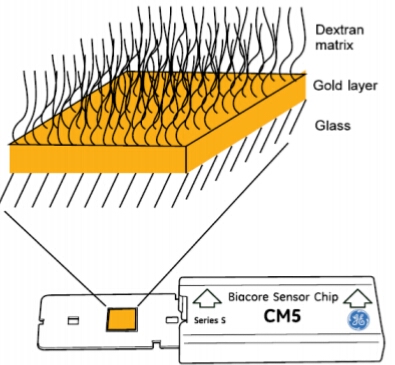What is a microchip or biological microchip (Biochip) ?? types of ; Structure and function (PhD in nano-microelectronics)
Researcher and author: Dr. ( Afshin Rashid)

Note: Biochip is a small version of the lab that uses hundreds of biochemical reactions simultaneously. They are specifically designed to function in a biological environment, especially within living organisms. This is not an electronic device. Biochips are made up of millions of biosensors that are used as micro-reactors to detect specific analytes such as enzymes, proteins, biological molecules and antibodies.
Biochips have different probes such as DNA, RNAi, protein fragments, etc., which are indicated by a dot on the chip. These probes are connected to the targets in the test sample. Due to hybridization, contact is made between the probes and their target. Biochip scanners and microarray image analysis software are then used to identify the target and quantify the signal. The results are obtained at the statistical level and are interpreted in a biological context.

Biochip components:
Biochip consists of two components, transmitter and reader.
(A) . Transponder:
Biochips consist of a passive transponder, meaning that these transponders require a low electrical charge to activate. The transponder itself consists of four parts.
There are three types of microchips or biological microchips (Biochip) :
- DNA microarray
Contains a large number of small DNA stains that are fixed at a strong surface. A large number of genes are used to calculate expression. Each DNA marker is made up of probes (picomoles of a specific gene). In general, target probe hybridization is performed by detecting fluorophores (a fluorescent chemical compound that can emit light by stimulating light again) of labeled targets to calculate the relative amount of nucleic acid series in the target.
Microfluidic chip -
They are an alternative to biochemical laboratories. They are used for a large number of reactions such as DNA analysis, molecular biology methods and many biochemical reactions. These chips are really complex because they contain thousands of components. These pieces are physically designed as a completely custom bottom-up layout, which can be a very gigantic workforce.
Microarray protein chip -
These chips are used to track activities as well as protein bindings and discover their function on a large scale. Its main advantage is that it can be used to track large numbers of proteins in parallel. This protein chip includes a surface for support such as microtiter plate or nut, nitrocellulose membrane, glass slide. These are automatic, fast, economical, very sensitive, consume less samples.
Author: Dr. ( Afshin Rashid)
PhD student in nano-microelectronics at Islamic Azad University, Science and Research Branch, Tehran






